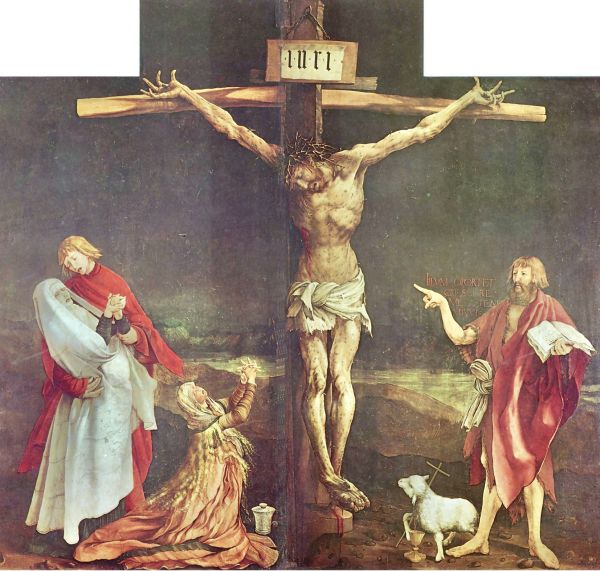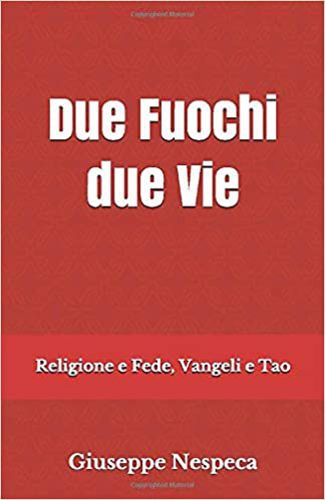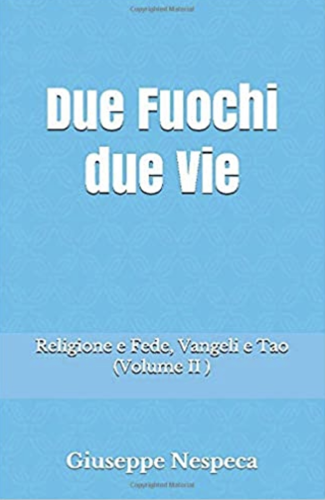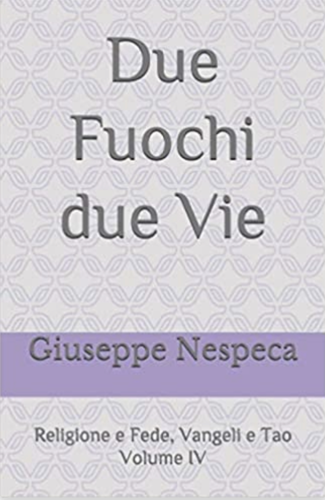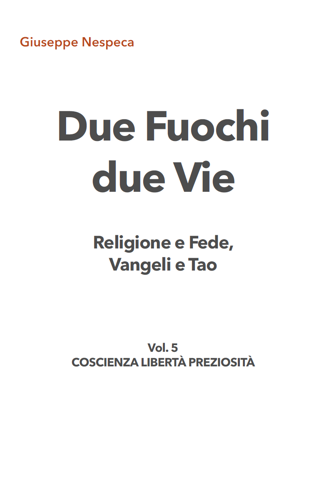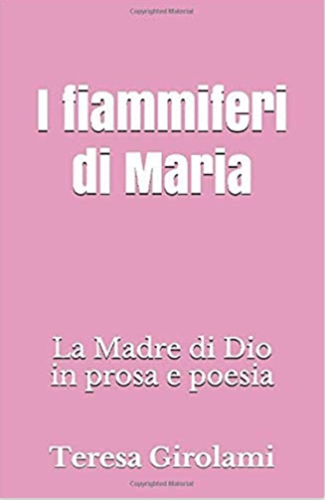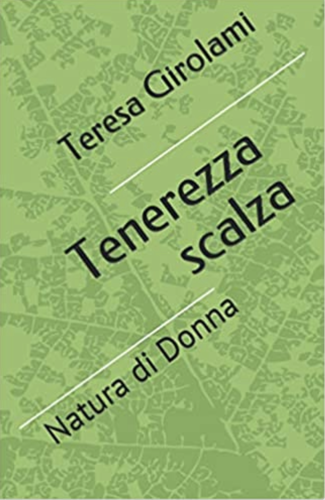The liturgy of this day focuses, both in the Gospel of John and in that of Luke, on the figure of the Virgin Mary, included in the mystery of salvific sorrow that pierces her.
Mary had been foretold of the piercing sword that would pierce her and cause her to be found at the foot of the Cross, united with her Son in the Paschal Mystery, for the benefit of many.
Francis loved the Blessed Virgin with an inexpressible love and contemplated her mysteries continually.
So did Clare, urging her daughters to live, like Mary, in hope and suffering.
We read in the Sources what she wrote to her spiritual daughter Ermentrude of Bruges:
"Lift up your eyes to heaven, O dearest, for it is an invitation to us, and take up the cross and follow Christ who goes before us. For after many and various tribulations, it is He who will bring us into his glory.
Love God with all your heart, and Jesus, his Son crucified for us sinners, and never let the memory of Him fall from your mind.
MEDITATE WITHOUT TIREDNESS ON THE MYSTERY OF THE CROSS AND THE SORROWS OF THE MOTHER STANDING AT THE FOOT OF THE CROSS [...]" (FF 2915).
And again in Clare's Rule, regarding poverty lived at all levels:
'Never desire, beloved sisters, to have anything else under heaven, for the love of our Lord Jesus Christ and his most holy Mother' (FF 2795).
And Francis himself "surrounded the Mother of the Lord Jesus with unspeakable love, because she had made the Lord of Majesty our brother and obtained mercy for us.
In her [...] after Christ, he placed his trust" (FF 1165).
The Blessed Virgin was always in his memory, and he contemplated unceasingly the sorrows and hardships she suffered during her earthly pilgrimage.
«Now, standing by the cross of Jesus were his mother and his mother's sister, Mary of Clopas and Mary of Magdala» (Jn 19:25)
Blessed Virgin Mary of Sorrows (Jn 19:25-27)



